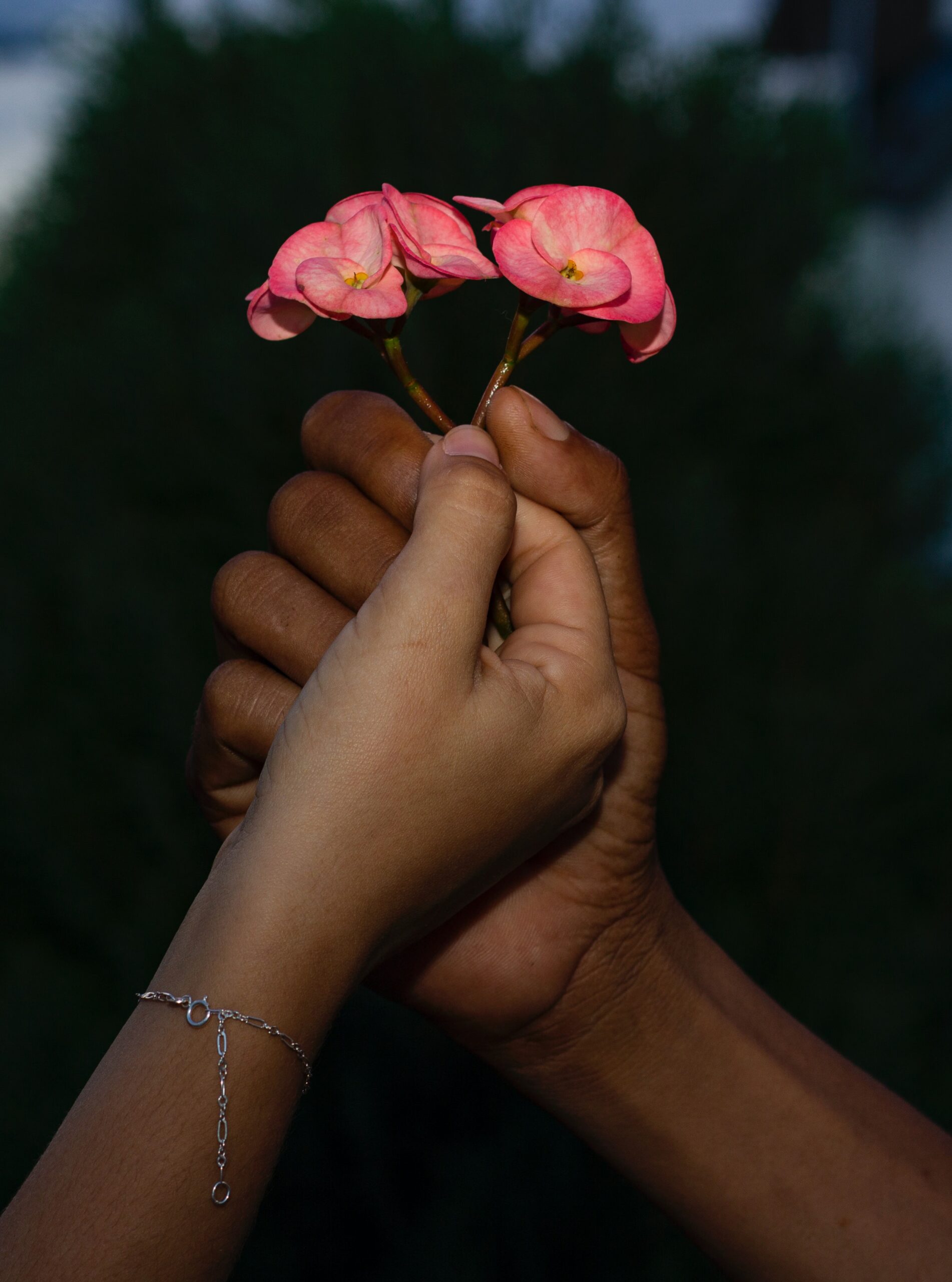Racism as a Public Health Crisis in Ingham County, Michigan
In 2020, medical officials and commissioners wanted to label Ingham County’s racism as a public health crisis, due to its impact on the Black community’s health, according to a Lansing State Journal (LSJ) article from June 2020.
Then, Ingham County declared racism a public health issue by creating a Racial Equity Task Force in 2020 and hiring a director of DEI (Diversity, Equity, and Inclusion) in 2022, but many MSU students have said the county hasn’t done enough.
Racism and inequalities between communities is a persistent issue in Ingham County, the LSJ reported. With the county home to Michigan State University, college students and young adults are witnessing racist altercations and obstacles daily. In 2021, nearly 1,200 racial incidents were reported at MSU, but only a handful were considered violations of the school’s policies and handbook, according to a Campus Reform article.
Minority groups experience higher rates of misconduct and illness, often being overlooked throughout the United States, according to the Centers for Disease Control and Prevention (CDC). The problem is so bad that Non-Hispanic/Black Americans have a lower life expectancy than White Americans, almost four years less, according to the CDC.
In Ingham County, the Black population makes up 12.6%, while the Black population in East Lansing, where MSU is located, is just 6.8%. According to a City Pulse report, criminal charges against Black people were exceptionally higher than ones targeted toward White people, signaling the racial discrimination Black people face. This was particularly true in East Lansing.
Shakyra Mabone, Jada Price, and Anthony Brinson III — Black students at Michigan State University — agreed that the racism experienced in Ingham County impacts the health of the Black community because it delays the necessary processes that are part of daily life.
“I feel like the health system gives Black people a hard time already,” Price said. “Labeling us as if we do not know anything or labeling us ‘dumb’ or something like that.”
Brinson fears that the delay of medical help, based on his own experiences, pushes him away from returning to the Urgent Cares or doctors’ offices in Ingham County. One particular experience led him to feel misheard and ultimately in more pain than when he went in originally.
“I ended up winning a race and feeling my feet afterwards and realizing they hurt really badly,” Brinson said. “I ended up going to the doctor and they could not figure out what specifically was wrong. They ended up prescribing me pain relievers, but it was very difficult to get a refill of my prescription. To this day I still do not have one, and it’s been about a year since this has happened and I still deal with pain in my feet every so often.”
Mabone urges the public and MSU to hear the Black student and young adult population in Ingham County. She said if this happened, the Black community could have better experiences, especially students. She said no one wants to sit and listen first, but just continue moving forward like these problems are not happening in the first place.
“Here we are most definitely outnumbered; data does not lie,” Mabone said. “Because of that they tend to overlook (us) … they do not hear us because it’s not a lot of us. We need to be heard about our bodies, about our health.”
Ingham County Medical Health Officer Dr. Adenike Shoyinka was adamant on how racism affects one’s body and mind. Dr. Shoyinka pointed out how taxing the racism here is on someone who’s part of the Black community. “It’s a disease in and of itself and we need to address it as such,” Dr. Shoyinka said in the LSJ article.
This is part of a series of posts from students at the Michigan State University Journalism School. The students will be covering four counties around Michigan during the 2024 campaign for the Detroit Free Press working with the American Communities Project typology.
